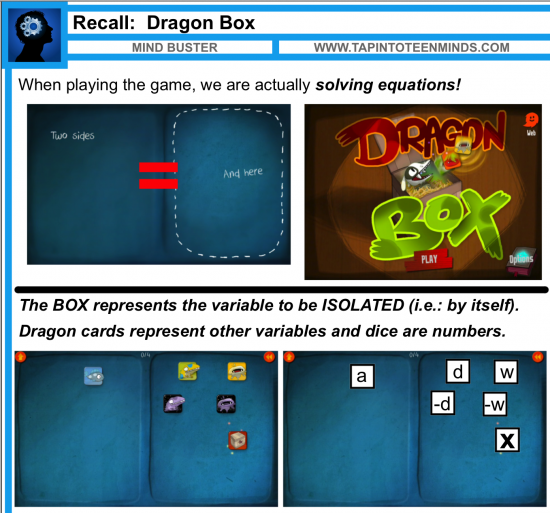It's Valentine's Day today so why not have a post with carderoids in them. Thanks Desmos.
Curriculum Tags: All
 Trig identities a can be and issue as their abstractness can be a hurdle for many kids. Don't get me wrong, I think it's important for our kids to be able to work in abstractions but if there are ways to make topics less abstract than they need to be, then I think that's a good thing. That is why I like this post about a graphical way to get to the Pythagorean trig identities. Well done.
Trig identities a can be and issue as their abstractness can be a hurdle for many kids. Don't get me wrong, I think it's important for our kids to be able to work in abstractions but if there are ways to make topics less abstract than they need to be, then I think that's a good thing. That is why I like this post about a graphical way to get to the Pythagorean trig identities. Well done.Curriculum Tags: MCR3U
http://samjshah.com/2014/02/10/trigonometric-pythagorean-identities/
 I love learning stuff about things I like. For example, to day I learned you can import pictures into Desmos from Mary at the M^3 blog. I love doing this with Geometer's Sketchpad (my premade sketch is here) but now that I know Desmos does it that gives a nice alternative. Although I do like my sketch because it has a feature to scale the axes so that the equation actually has a connection to real measurements. So take a look at this blog post and if you want some more images to use, you can look at some I have collected here.
I love learning stuff about things I like. For example, to day I learned you can import pictures into Desmos from Mary at the M^3 blog. I love doing this with Geometer's Sketchpad (my premade sketch is here) but now that I know Desmos does it that gives a nice alternative. Although I do like my sketch because it has a feature to scale the axes so that the equation actually has a connection to real measurements. So take a look at this blog post and if you want some more images to use, you can look at some I have collected here.Curriculum Tags: MFM2P, MPM2D, MCR3U, MCF3M, MBF3C
http://marybourassa.blogspot.ca/2014/02/mfm2p-day-6.html
 There is nothing like a real contextual problem to expose the problem people have with probability (a lot of "prob's" in that sentance). Here is the context. You are taking a medical test that is 95% accurate when people have the disease (in this case cancer). So this means there are 5% false positives. If your results come back positive, should you be concerned? The counter intuitive result is "no". John Allen Paolos wrote about this 4 years ago (and just retweeted it now) in the context of mammograms. So here's the scenario: 95% accurate when people have cancer, 99% accurate when people don't have cancer and assume that 0.5% of the 100,000 person population actually have cancer. I will leave it up to you to do the math or you can just click on the link below.
There is nothing like a real contextual problem to expose the problem people have with probability (a lot of "prob's" in that sentance). Here is the context. You are taking a medical test that is 95% accurate when people have the disease (in this case cancer). So this means there are 5% false positives. If your results come back positive, should you be concerned? The counter intuitive result is "no". John Allen Paolos wrote about this 4 years ago (and just retweeted it now) in the context of mammograms. So here's the scenario: 95% accurate when people have cancer, 99% accurate when people don't have cancer and assume that 0.5% of the 100,000 person population actually have cancer. I will leave it up to you to do the math or you can just click on the link below.Curriculum Tags: MDM4U
http://www.nytimes.com/2009/12/13/magazine/13Fob-wwln-t.html?_r=3&emc=tnt&tntemail1=y&
I think one of the best things you can do for students is not give them the answers. To take Dan Meyer's tag line "less helpful". I realize that this is totally counter intuitive to teachers. Most of us got into teaching because we like telling people how to do stuff. So when a kid asks a question (or gives an answer that is wrong), it is a natural reaction to just give them the answer (or just say 'nope'). But why not, instead, lead them to the answer or at least have them reveal their thinking (even when they are correct). That is why I like this post from Andrew Stadel so much. It gives tips on how to approach those situations in ways that will best benefit the student.
Curriculum Tags: All
http://mr-stadel.blogspot.ca/2014/02/explain-that-please.html
For any of you teaching conversion from metric to imperial (and vise versa), this video from Matt Parker gives a nice overview of the logic behind the imperial system.
Curriculum Tags: MFM2P, MBF3C, MAP4C
https://www.youtube.com/watch?v=r7x-RGfd0Yk










